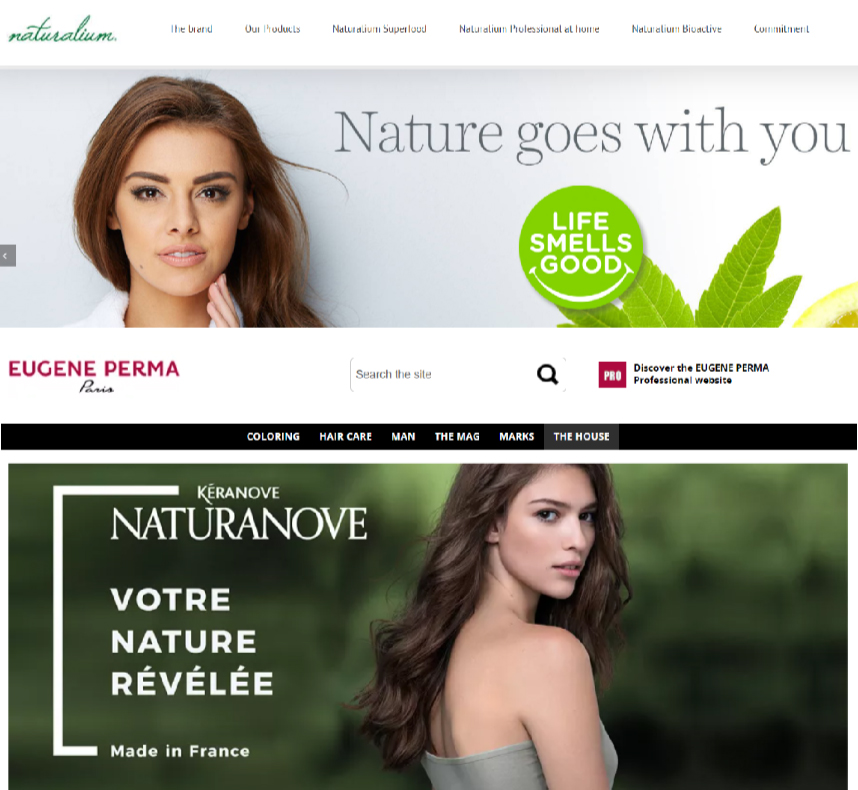EU: NATURAlly no confusion between NATURALIUM and NATURANOVE for cosmetics
by Verena von Bomhard – Published on 24 November, 2020 at Kluwer Trademark Blog
Reason prevailed: on 5 October 2020 (T-602/19), the General Court of the European Union granted the action of Eugène Perma France against the EUIPO and held that the marks NATURALIUM and NATURANOVE could not be considered confusingly similar only because both started in “NATURA”. Surprisingly, both the Opposition Division and the Fourth Board of Appeal of the EUIPO had held otherwise. Because NATURA was the longest element in both marks and at their beginnings, they had considered that the marks were of average similarity and therefore confusingly similar, bearing in mind that they applied to identical goods, namely, cosmetics.
The EUIPO had come to this conclusion despite considering that NATURA would be understood across the entire EU as referring to the origin of the products, and that, as a result, this element of the marks was weakly distinctive. However, this did not lead to the correct conclusion, namely, that marks starting in NATURA – and having as radically different endings as -NOVA and -LIUM, respectively – could perfectly well coexist. Consumers, who are aware that there are lots of NATURA marks out there, would not jump to the conclusion that marks necessarily point to the same commercial origin, only because they have NATURA in common. While not conclusive, it does say something that the EUTM register alone has 450 marks in class 3 starting in NATURA (and over 1,500 containing this term).
Without this having been discussed before the General Court (or at least being mentioned in the decision), the websites of both parties make it even clearer that the marks both refer simply to nature (www.naturalium.com; www.eugeneperma.com) – and nature is not for any one party to claim with exclusivity:

One so wished that what the General Court states in paragraph 71 of its decision were indeed true:
“[I]t is clear from the decision-making practice of the Boards of Appeal of EUIPO and the case-law of the Court that, although a company is free to choose a trade mark with a low degree of distinctiveness and use it on the market, it must accept, however in doing so, that competitors are equally entitled to use trade marks with similar or identical descriptive components.”
While the second part is of course entirely correct, this conclusion results from proper legal considerations and common sense, but – alas – less from the decision-making practice, as this case once again illustrates. Let us hope, however, that the decision-making practice will more and more move into this direction and give trademarks the protection they deserve by accurately assessing the level of distinctiveness of elements common to two marks, and their impact on the marks as a whole. This means decreasing protection of weak elements in marks while at the same time giving proper protection to elements of trade marks – verbal or figurative – that are proven to be an important element in brand identification.


